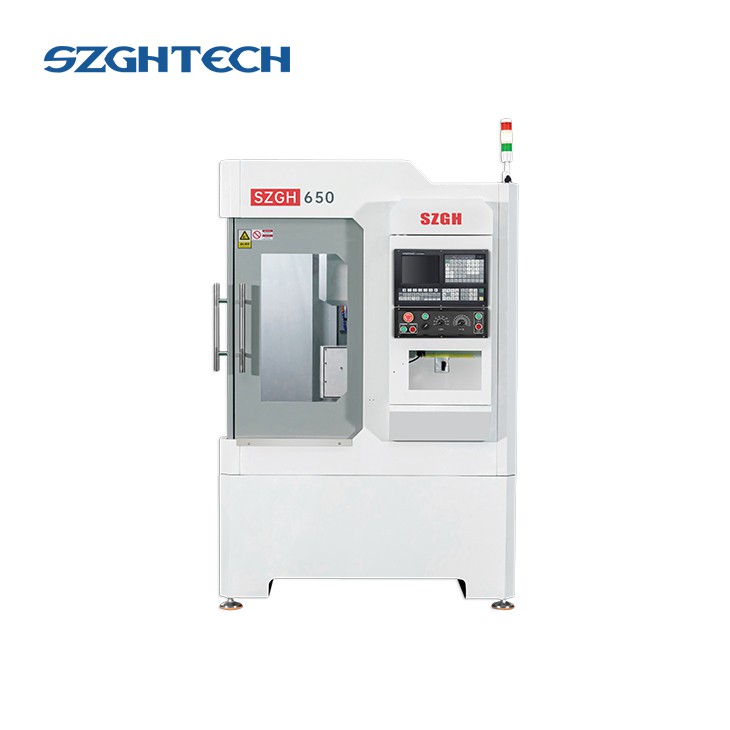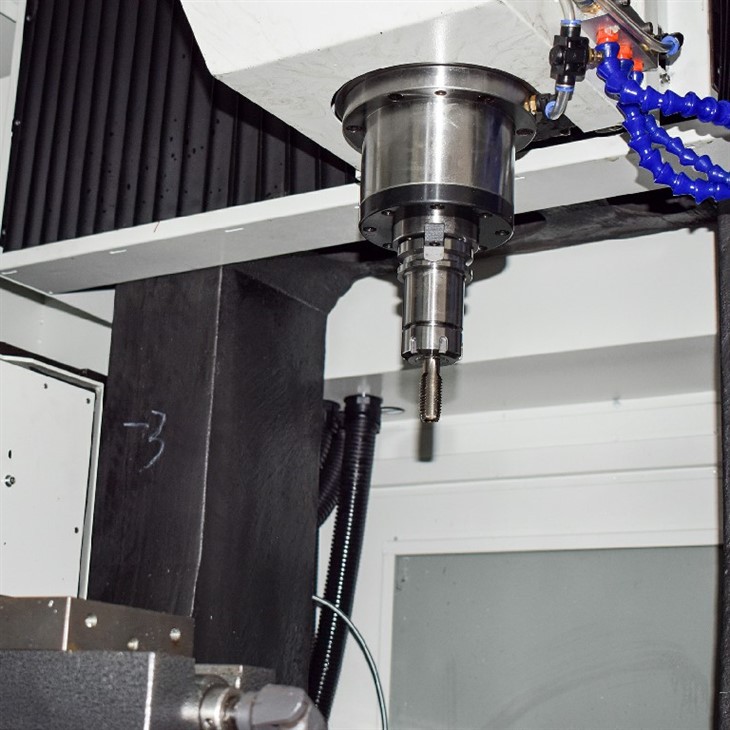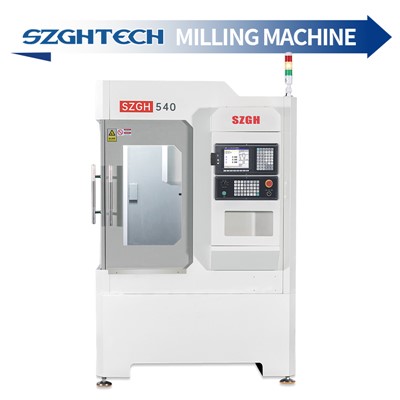SZGH-650 is a small milling machine with a small footprint and complete functions, which is convenient for customers to operate and use.
The system is developed by SZGH, and the spindle motor and servo motor are both of very high quality and durable.


SZGH-650 can process a variety of metals and a variety of product shapes to meet customers' customized processing needs.






